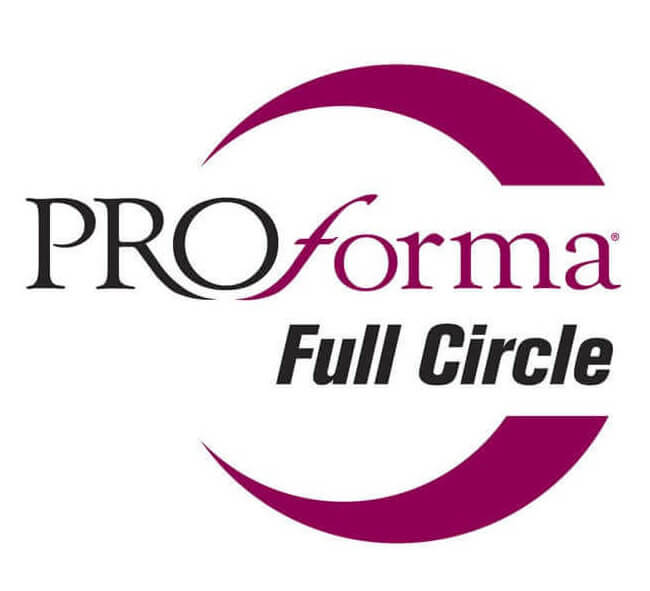Resources
Why You Need a Brand Guide
(And How to Use It!)
When you’re looking to make a lasting impact, you need consistent messaging to get you there.
Think about major brands we see every day. They each have distinctive, memorable, consistent branding: The golden arches of McDonald’s. Amazon’s subliminal smile. The Nike “swoosh.”
These brands stick out to us because they define themselves by a set of standards. From their fonts to their logos and colors, these brands maintain a memorable presence everywhere: in-person, online and in print marketing.
Whenever we start working with new clients, we inquire about your branding guidelines. This helps us create materials that stay true to the core of your organization. Here’s what you need to know about branding guidelines and how we use them for maximum ROI on your marketing spend.
What ARE Branding GuidelineS?
Branding guidelines are a set of standards that your organization can use when developing marketing materials. It outlines the composition, design and feeling that your content should evoke.
A branding guideline or style guide defines your company. Not only does this unify your marketing materials, it ensures you end up with a cohesive final product that is recognizable, refined and well thought out.
We can create content that complements the work you do.

What Should You Include in Your Brand Guideline?
What should you include in your branding guideline? The easy answer is, “Anything that could be helpful!”

